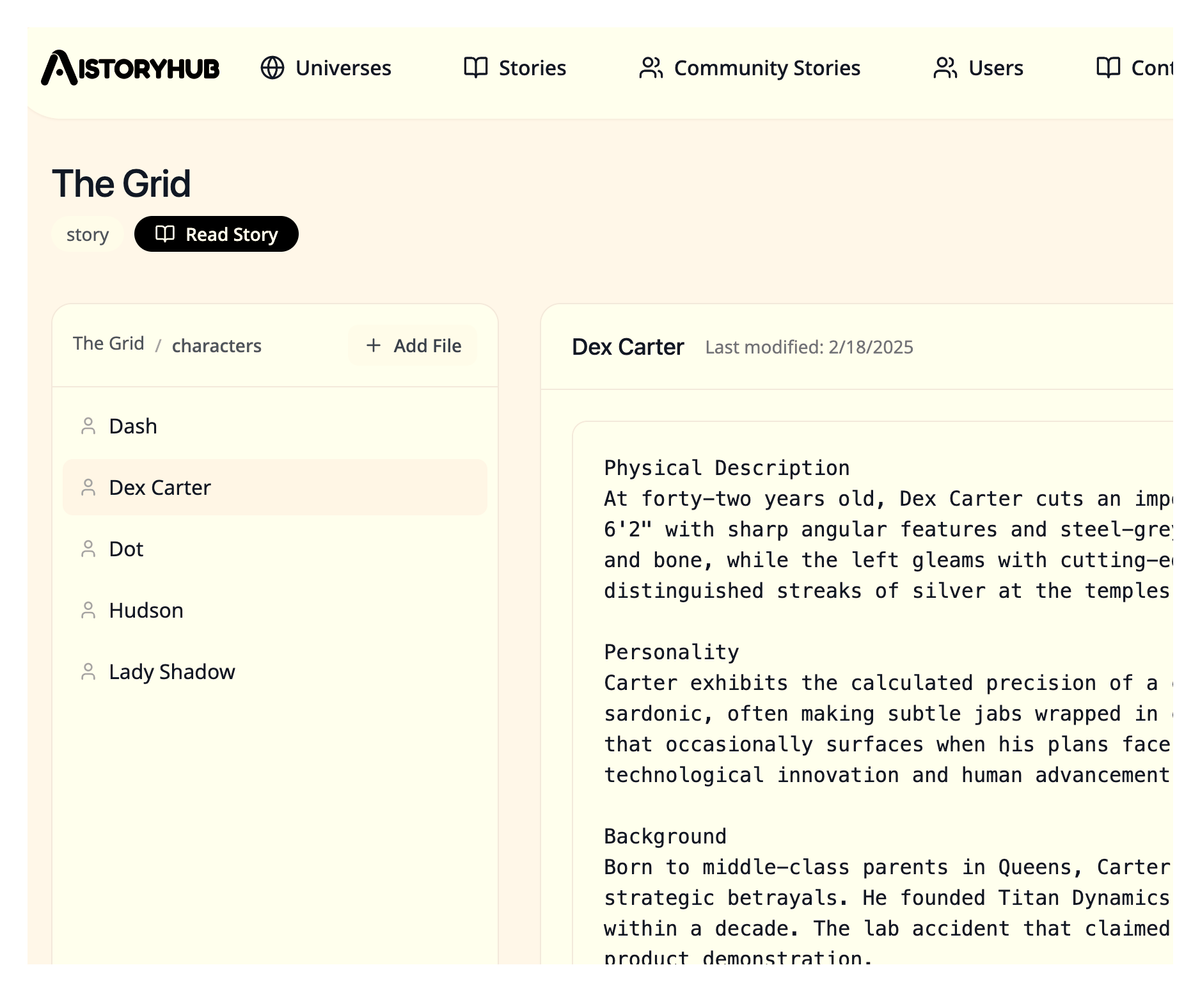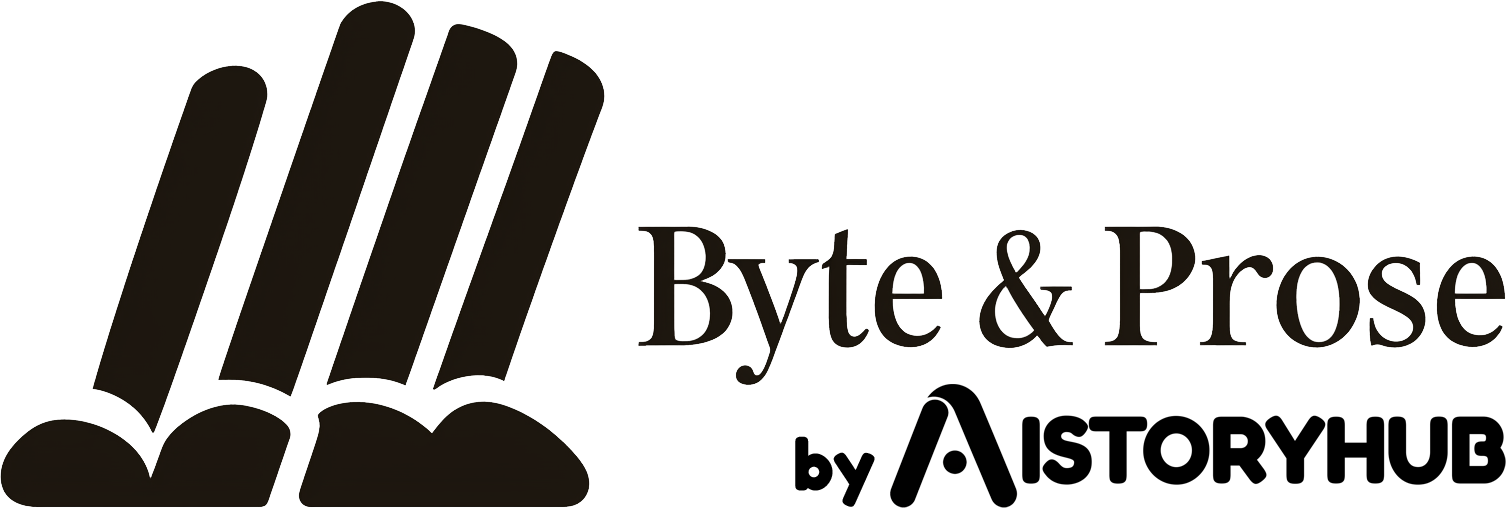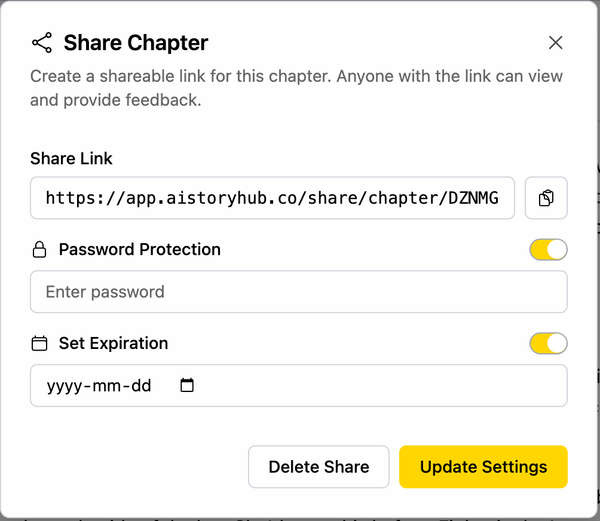Codifying Creativity - How a Structured Approach Can Unleash Your Storytelling Potential
Tired of scattered story ideas? Just like code organizes complex processes, a structured approach can bring clarity and power to your narrative.

Ever feel like your story ideas are scattered like puzzle pieces, refusing to fit together? There's a better way. Just like code organizes complex processes, a structured approach can bring clarity and power to your narrative. Think of it: programmers use logic, organization, and modularity to build intricate software. We can borrow those principles to craft compelling stories. This isn't about stifling creativity; it's about giving it a framework to flourish. And in the age of AI, this structured approach becomes even more powerful.
The Problem with Unstructured Storytelling
Let's be honest, storytelling can be messy. Writer's block hits hard, plot holes yawn like canyons, characters become inconsistent, and narratives sprawl like untamed vines. How many half-finished manuscripts are gathering dust because the story just…lost its way? A lack of structure is often the culprit. Without a roadmap, your story can wander aimlessly, leaving both you and your readers frustrated. Imagine trying to build a house without blueprints – you'd end up with a chaotic mess, not a masterpiece. The same is true for storytelling.
The Power of Structure: Borrowing from the World of Code
Now, what if we applied some coding principles to our storytelling? Think about it: programmers break down complex tasks into smaller, manageable modules. We can do the same with our stories. Version control is essential in coding, allowing developers to track changes and explore different paths. This translates perfectly to writing, letting us experiment with plot twists and character arcs without fear of losing our progress. And just like clear documentation is crucial for understanding code, it's equally important for keeping track of our characters, settings, and intricate plot points.
Building Your Storytelling Framework
So, how do we actually do this? Here's a practical, step-by-step guide:
- Define the Core Elements: Start by clearly defining the fundamental building blocks of your story: your main characters (with backstories, motivations, and flaws), the setting (vivid and immersive), the central plot (with clear conflicts and resolutions), and the underlying themes (the big ideas you want to explore). Use templates, worksheets, or character profiles to flesh these out.
- Create a "Story Repository": Organize all your notes, outlines, drafts, and research materials in a structured way. Think folders for characters, chapters, world-building, plot timelines, etc. This is your central hub for all things story-related.
- Implement a Version Control System: Track revisions of your manuscript. Don't be afraid to experiment with different plotlines or character developments. Tools like Git (if you're tech-savvy) or even simple file naming conventions (Draft 1, Draft 2, etc.) can be incredibly helpful.
- Develop a "Style Guide" for Your Story: Maintain consistency in tone, voice, and world-building details. This is especially important for longer works. A style guide helps ensure that your story feels cohesive and polished.
Consider using tools like Trello boards for visualizing your plot, mind maps for brainstorming, or dedicated writing software like Scrivener, which is designed with this kind of structured approach in mind.
AI as Your Coding Companion
This is where things get really exciting. AI can be your coding companion, your assistant, your muse. It can help you generate ideas when you're stuck, analyze your story structure and identify potential issues, and even automate repetitive tasks like summarizing chapters or generating dialogue variations. AIStoryHub.co, for example, allows you to structure your story like a code repository, with folders for different elements, and then leverage AI to enhance your writing at every stage. Imagine using AI to explore different plot possibilities, refine character motivations, or even generate entire scenes based on your structured prompts.
Unleashing Your Creativity Through Structure
It might seem counterintuitive, but structure doesn't stifle creativity – it empowers it. By codifying your storytelling process, you gain clarity, focus, and control. You're no longer wrestling with a tangled mess of ideas; you have a framework to guide you. This allows you to delve deeper into your characters, explore more complex themes, and craft more compelling narratives. Remember, structure is a tool, not a cage. Don't be afraid to deviate from your outline when inspiration strikes. The key is to find a balance between planning and spontaneity.
Conclusion
Codifying your storytelling process is a game-changer. It's about bringing the power of organization and logic to the art of creation. It's about giving your stories the structure they deserve, so they can truly shine. So, I encourage you: experiment with these techniques, find what works best for you, and unleash your storytelling potential. The world is waiting to hear your stories, and with a structured approach, you'll be ready to tell them.
And guess what? You don't have to build this system from scratch. That's why I created AIStoryHub.co. It's a platform built on these very principles, providing you with the tools and framework to codify your storytelling process. From organizing your ideas in a structured repository to leveraging AI for brainstorming and generating content, AIStoryHub takes care of the heavy lifting, so you can focus on what matters most: bringing your stories to life.
And with the rise of AI tools, the possibilities are endless. This is just the beginning of a new era of storytelling, where code and creativity intertwine.




